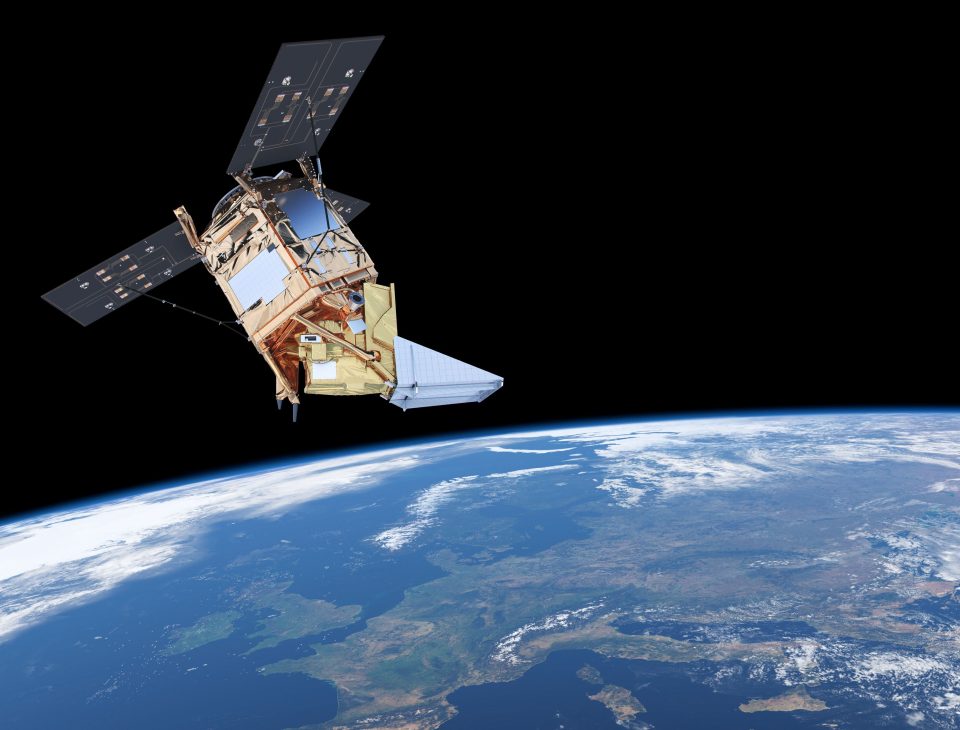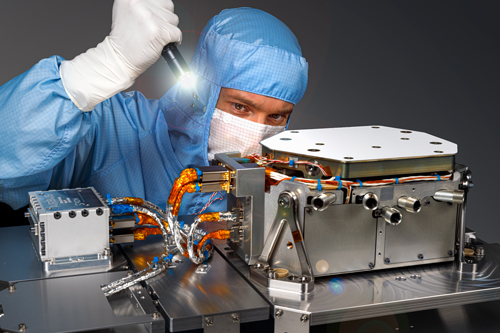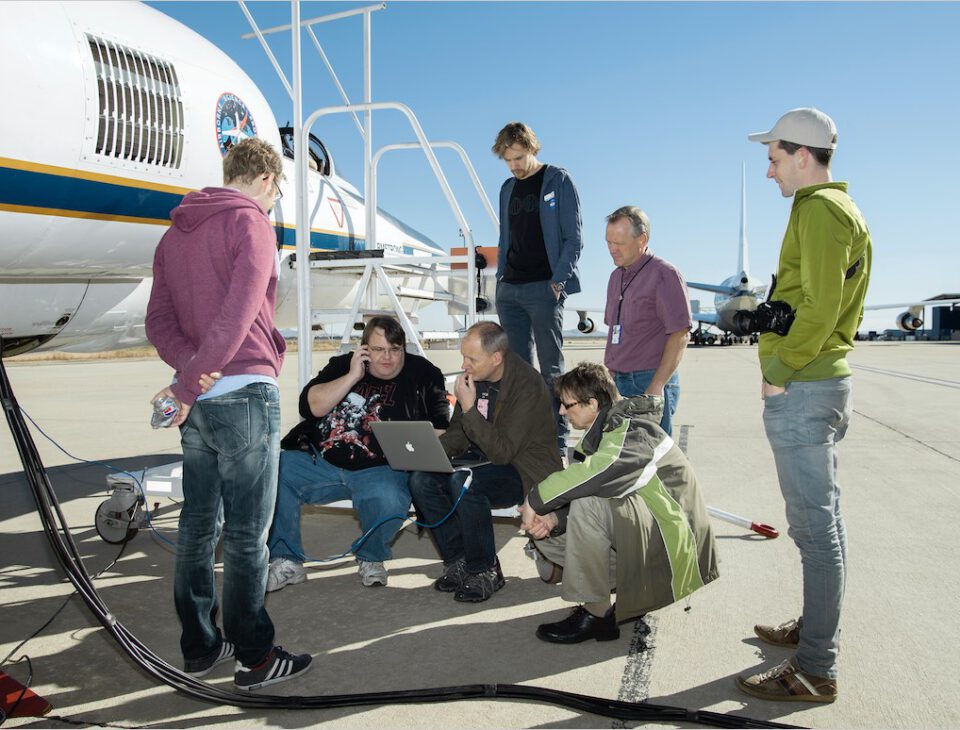Instruments

Instrument development for Earth Observation at SRON
General infoSRON develops space-qualified instrumentation spanning the range from X-ray to far-infrared wavelengths, in close collaboration with its industrial partners. SRON’s key-expertise is enabling technology for space spectrometers. This includes the development of detectors and their read-out chains, and the design of smart optics using lithographic microfabrication techniques. Examples are the immersed gratings for TROPOMI and Sentinel-5, spectrometers for trace-gas detection and SPEXone spectropolarimeters for aerosol detection. SRON has state of the art cleanroom facilities for lithography and integration, and for testing and calibration of space hardware.
Meet our partners
PartnersWe collaborate with climate researchers and modelers, and together contribute to the development of physical instruments and the promotion of scientific activities outside SRON.
-

KNMI
-

TNO
-

TU Delft
Our research themes
Themes-
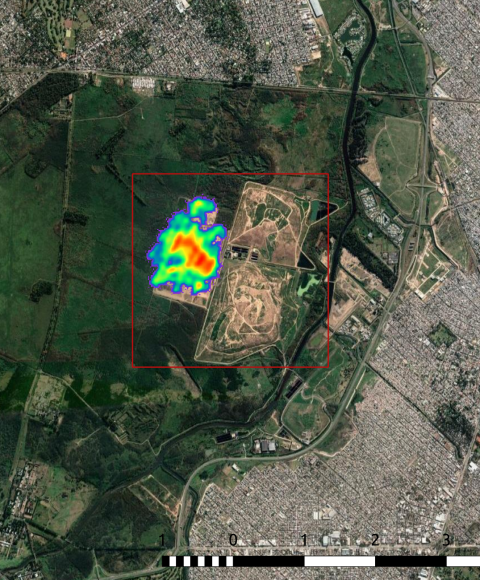
Methane
-
Responsible for ¼ of human-made greenhouse effect
-
About 30 times more powerful than CO₂ (GWP-100)
-
Large emissions from fossil fuel industry, landfills, livestock
-
-
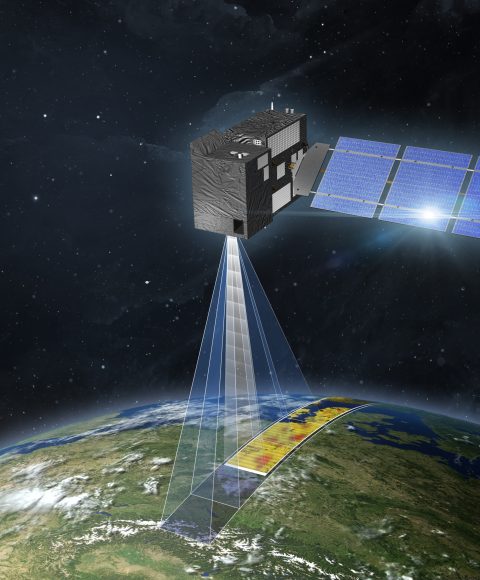
CO₂
-
Most important human-made greenhouse gas
-
Hard to monitor emissions because of long lifetime
-
-

Carbon Monoxide
-
Reactions with atmospheric gases contribute to global warming
-
Trace gas to calculate CO₂ emissions from forest fires
- One of the most important air pollutants
-
-

Aerosols and Clouds
-
Small particles in the atmosphere
-
Largest unknown factor in climate change
-
Strong impact on air quality
-
